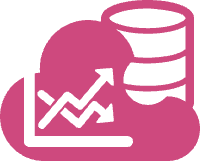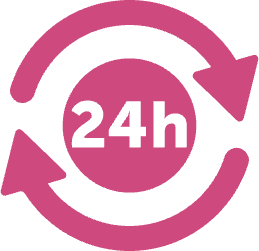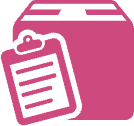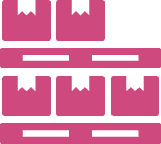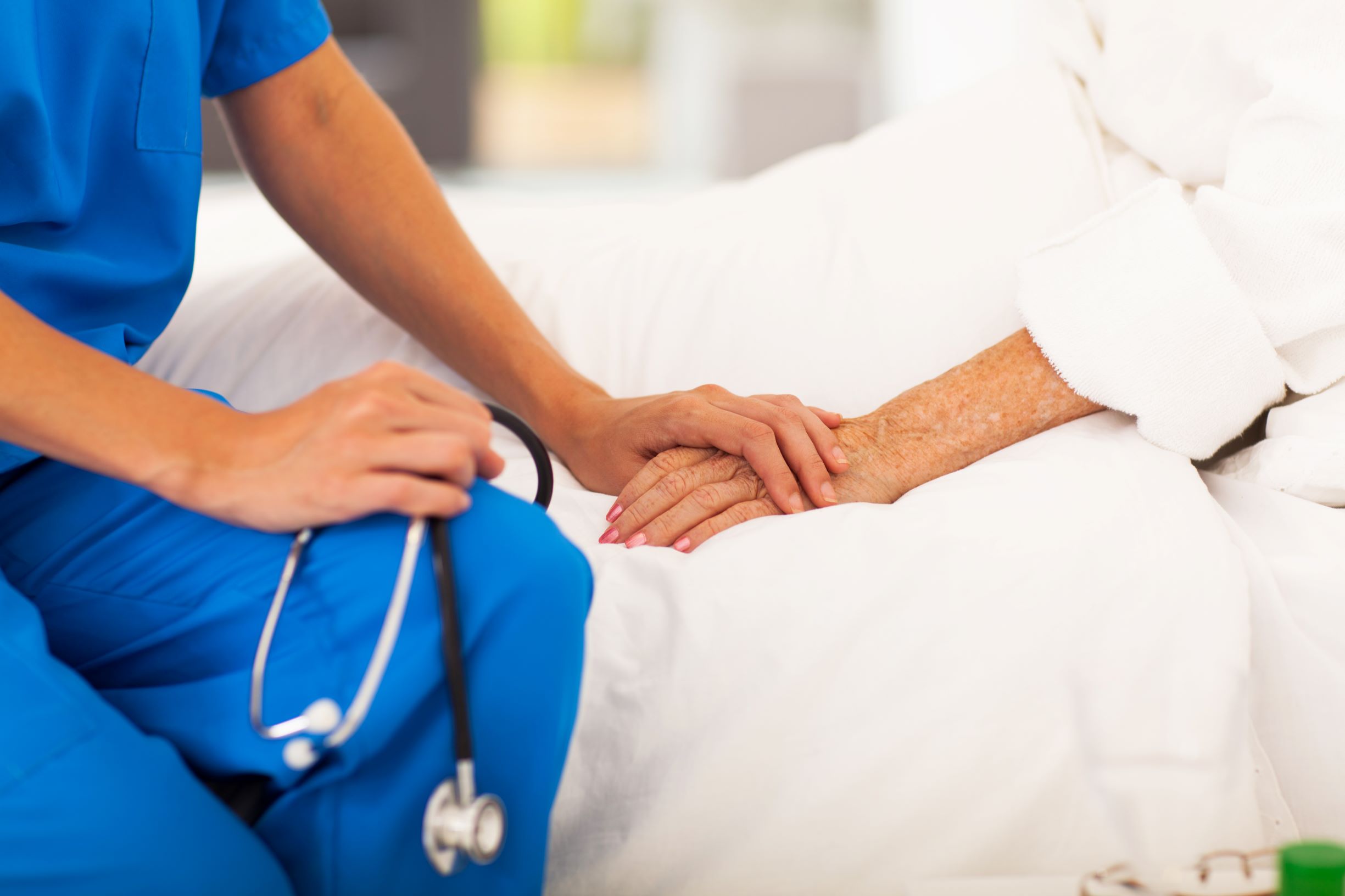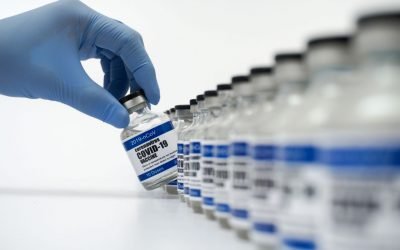Tracking people around your healthcare premises may seem a little 1984 and the spectrum of benefits might not seem apparent on first thinking about it, but this simple to adopt application of RFID can help you minimise infection risk and improve patient flow, to managing emergency events and tracking treatment progress.
Monitoring a patient’s location
Having real-time visibility of each patient’s location is very helpful in a hospital setting where you want to be able to have oversight of every patient-HCP interaction. This is especially important in infection control and minimising the risk of transmission of a nosocomial communicable infection (e.g., MRSA). Healthcare associated infections are increasing year on year and represent a large burden on our dependence and usage of antimicrobials; directly impacting antibiotic resistance. If you can pinpoint a particular doctor or nurse and ensure they have washed their hands and have broken the chain of transmission, and you can monitor the interactions between patients and HCPs, you can confidently carry out your infection control policy and reduce the risk of litigation.
Real-time location of patients might in fact be vital when considering elderly and patients with neurodegenerative illnesses such as Alzheimer’s disease. Having quick oversight of a care facility looking after vulnerable patients is very important to maintain security and ensure the welfare of your patients. RFID offers an unrivalled solution to this, without impacting on staffing costs.
Improving patient safety
Smart tracking can quickly report any sudden changes to a patient, such as walking then falling down a set of stairs. Deploying RFID based tracking as part of an IoT solution would allow you to speedily detect then send an alert to the nurses involved in that patient’s care of the potential incident. Smart tracking can minimise the potential for incidents and quickly help resolve them when they do occur!
In a large-scale emergency that requires whole sections or the entire facility to be cleared of patients, the tag-tracker system allows you to quickly scan the premises and ensure you have accounted for all patients.
Over time you will have collated a lot of data on past incidents and be able to audit your building for problem areas that can help you redesign or implement procedures to reduce accidents in the future.
Treatment progress
Smart tracking as a component of an IoT system can allow you to streamline the patient journey through admission, treatment, and discharge. Being able to efficiently manage wait times and waiting areas and transferring patients to clinics and wards according to capacity will help you manage flow, improve patient satisfaction and HCP morale. It is a very achievable improvement which can save you money through HCP and auxiliary staff time and reduce cross-infection.
Inefficient discharge practices cost the NHS tens of millions of pounds every year. Some shocking facts about increased bed-days that could be reduced by tracking treatment progress and streamlining the patient’s journey:
- A stay in hospital over 10 days leads to 10 years of muscle ageing for some people who are most at risk
- Audits show that up to half the reasons why patients are not discharged earlier are under the direct control of the hospital itself and often relate to ineffective internal assessment processes, lack of decision-making and poor organisation of care management
- 35% of 70-year-old patients experience functional decline during hospital admission in comparison with their pre-illness baseline; for people over 90 this increases to 65%
Concerns
With adopting an IoT solution, it is important to touch on some concerns raised by patients and HCPs.
Cost effectiveness is often the first question mark in NHS property managers and executives’ minds. It is important to not view the technology in isolation but to view it in context of the various challenges facing you. The cost associated in implementing a system such as this will often be covered quite quickly by the savings you can make by its implementation. It is hard to justify at times because we do not measure the volume of the sea by the amount of water that sneaks into a leaky boat.
The ethics of tracking patients is a common concern, and you may fear that it might interfere with privacy or violate confidentiality, but through mutual agreement with the patient and the patient’s family, you can promote the safety benefits and better care they will get through leveraging modern technologies.
Cybersecurity must be addressed when you use any network-based technologies in combination with sensitive information. Patient’s details and test results are linked through the unique identifier of their wearable tag, this information needs adequately protected. Like all other systems, access control and auditing elements need to be part of your strategy and training.

